(1) The first thing that I would do is to stock up now on things that I might need for homeschooling for the next several years. Assuming that the supply chains hold long enough for there to be “back to school” sales later this summer, I will be buying a years-long supply of looseleaf notebook paper, folders and 3-ring binders, glue, crayons, markers, construction paper, pens, pencils and sharpeners, erasers, scotch and masking tape, art supplies, etc.
(2) Along with buying school supplies, I will look on abebooks.com, thriftbooks.com and other online sellers for any textbooks or other books that I’ll need for several years of homeschooling. I have purchased used Spanish and math books for a few dollars apiece; some of these books are 40 or more years old, but they are well bound and should serve my children well.
As far as the items that I already have in my house and garage, here are some ideas on how I might use some of them:
(3) A deck of playing cards: These can be used for making a simple memory-matching game for younger children, and a more complex matching game for older children. For children in the upper grades, they could be used as a mathematical tool for learning and illustrating the rules of probability.
(4) Needle, thread, fabric scraps, and old buttons: I could use these items for “Home Economics” and teach my kids how to sew a button, hem pants or a skirt, repair a rip in a jacket, patch a hole, and so on. I don’t sew well enough to teach them to make new clothes, but at least I can help them to keep the ones they have in decent shape.
(5) Knitting and crochet needles, yarn, and patterns: Knitting and crocheting are other “Home Econ” skills that could be very useful in the coming years. These could also be considered Art classes.
(6) An old ham-radio test-preparation book: When my 11-year-old son wanted to get a ham radio and take the exam for a Technician license (the entry-level ham-radio license), I worked the test preparation book into our homeschooling curriculum that year. My son learned mathematics that supplemented that in his regular math book, and science that enriched that in his regular science book. I would also take sentences from the test-preparation book and use them as English lessons: I would have my son parse the sentences (naming the nouns, verbs, adjectives, and such; pointing out the prepositional phrases and telling me whether they were adverbial or adjectival; diagramming the sentences; etc.). After this “unit study,” my son had learned a great deal of academic material while positioning himself to earn a Technician license and be able to use a ham radio.
(7) For more mathematics lessons, board games like Monopoly can teach even kindergartners how to add by fives, tens, and hundreds. I could use cookbooks to help teach fractions/scale up/scale down for recipes. I could use index cards for making flash cards for addition, subtraction, multiplication, and division facts. I could teach my high-school-aged son how to balance a checkbook and do a budget.
(8) For Religion lessons, I could use the Bible (or a children’s bible for little ones), the Baltimore Catechism for younger children or the Catechism of the Catholic Church for high schoolers, other religious books around the house, and saints’ biographies written for the various children’s reading levels.
(9) For language arts: We have tons of fiction and nonfiction books around the house. Many of these could be used for reading lessons, book reports, essays, grammar lessons, vocabulary lessons, and thinking skills.
(10) Maps and atlases could be used for geography, map-reading skills, and math skills.
(11) I would look around my house to see which books could help my children learn history (of my state, of the US, of the Church, or of the world) and government. Biographies of the Founding Fathers, saints and other holy people, scientists, inventors, etc. can teach a great deal of history. Even historical fiction like Johnny Tremaine (for younger kids) or books by Louis L’Amour (for older kids) can teach much history.
(12) Since I garden, I can work science, math, and home economics into our homeschooling plan: my children can help me plan and tend the garden; harvest the fruits and vegetables; and preserve the produce by canning, fermenting, dehydrating, and root cellaring.
This list of things that I could do (or in some cases, am already doing) is a good starting place, but it is only a start. If push came to shove, I’m confident that my husband and I could come up with many other ways to educate our children well by using only what we have on hand at a particular moment; and I’m certain that all the readers of this short article could do the same.


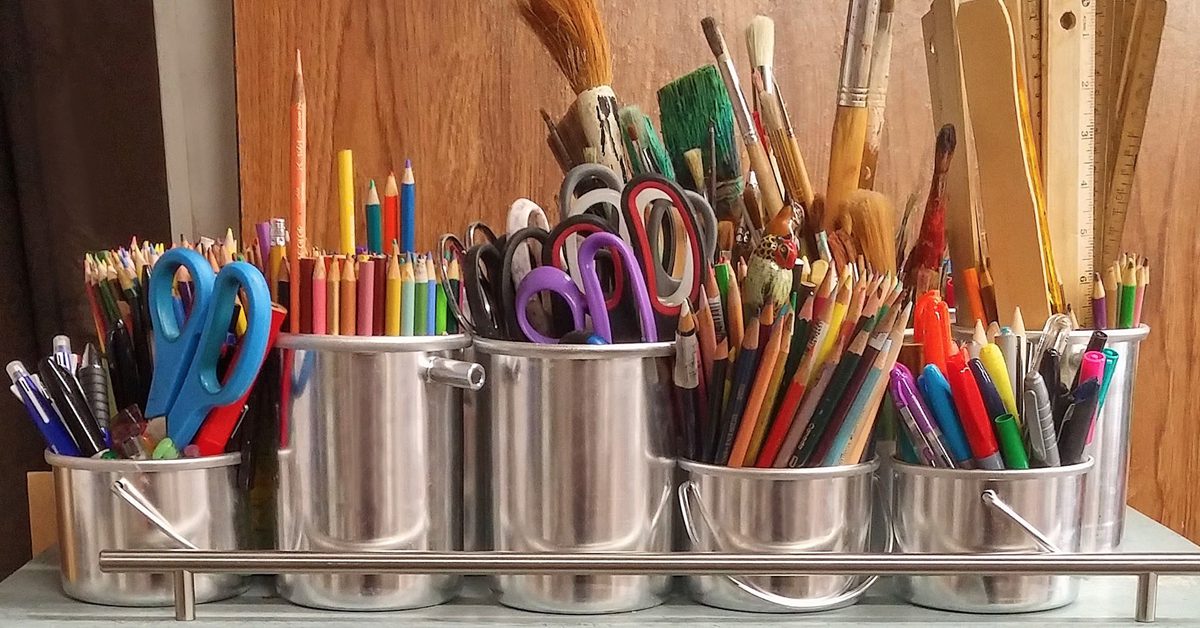



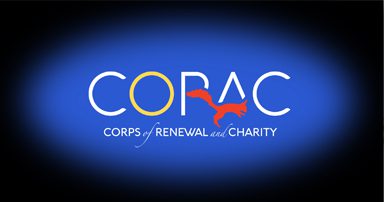
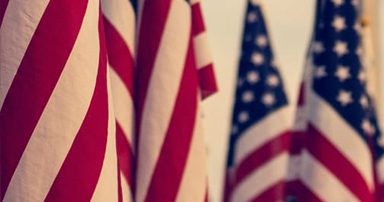



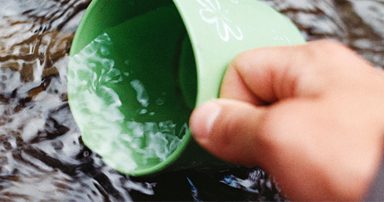



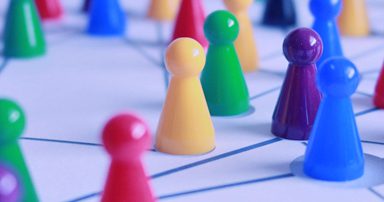


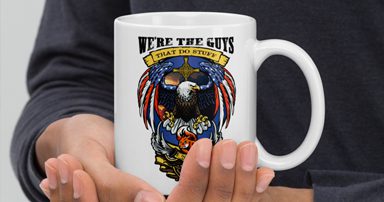
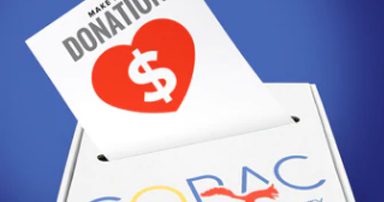

0 Comments